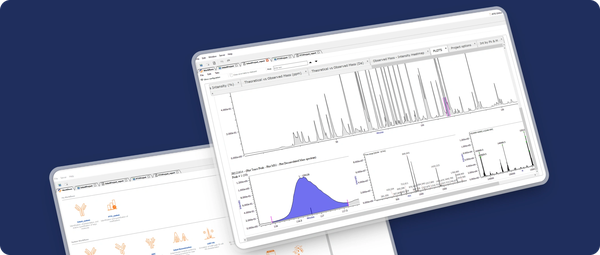
Hidden Costs of “Cheap” Development: Why the Lowest Bid Can Cost You the Most
When you’re building software, it’s easy to be tempted by the lowest bid. The spreadsheet looks cleaner, the budget stays safe, and the promise of “same quality, lower price” feels irresistible. But a few months later, when deadlines stretch, features break, and costs start piling up, that early “savings” starts looking like the most expensive choice you could have made.
We’ve seen this story play out countless times. A founder hires a low-cost development team overseas or a freelancer who promises to “do it all” for a fraction of the usual rate. The project starts strong, but by the time the app hits testing, bugs appear faster than fixes, documentation is missing, and updates take twice as long as expected.
This isn’t bad luck. It’s the hidden cost of cheap software development: the quiet accumulation of technical debt, rework, and frustration that comes from cutting corners early. In this article, we’ll walk through what those hidden costs look like, why quality pays off long term, and how to choose a partner who delivers true value, not just a low price.
Read more






![Avoiding Common Freelancer Hiring Mistakes: [5 Red Flags]](/media/images/Image_Desktop_3jTlRf.format-png.width-600.webpquality-90.png)



![[August'25 Update] Top Free AI Models for Business | Automation and LLM's in 2025](/media/images/Img_1.format-png.width-72.webpquality-90.png)

